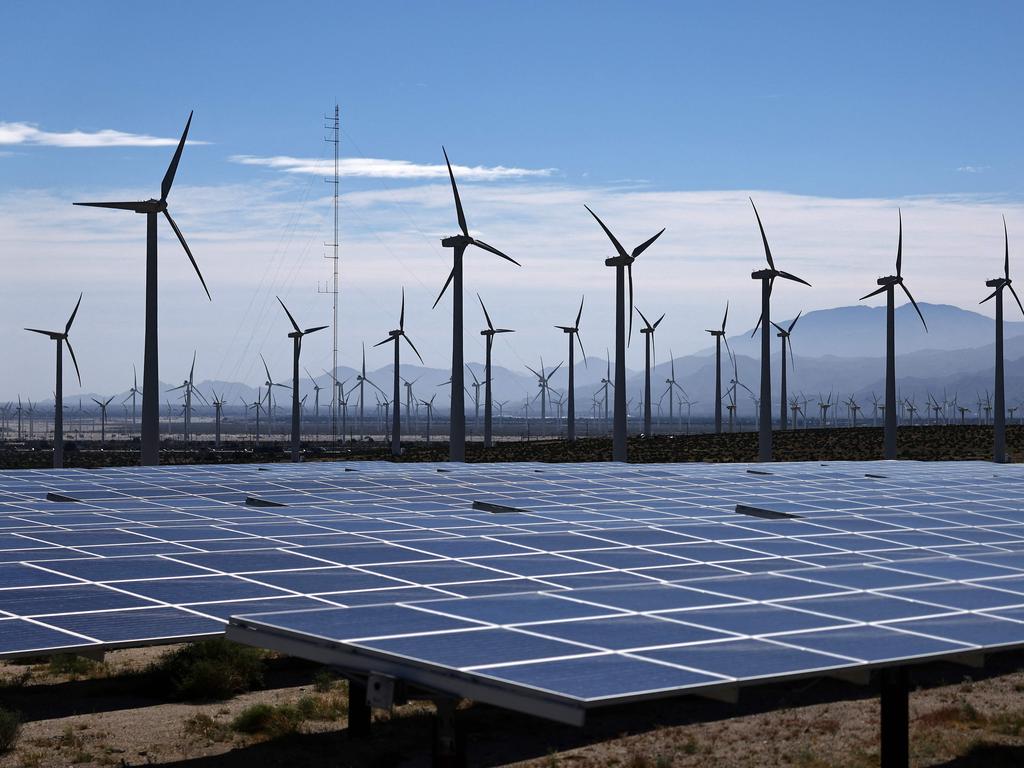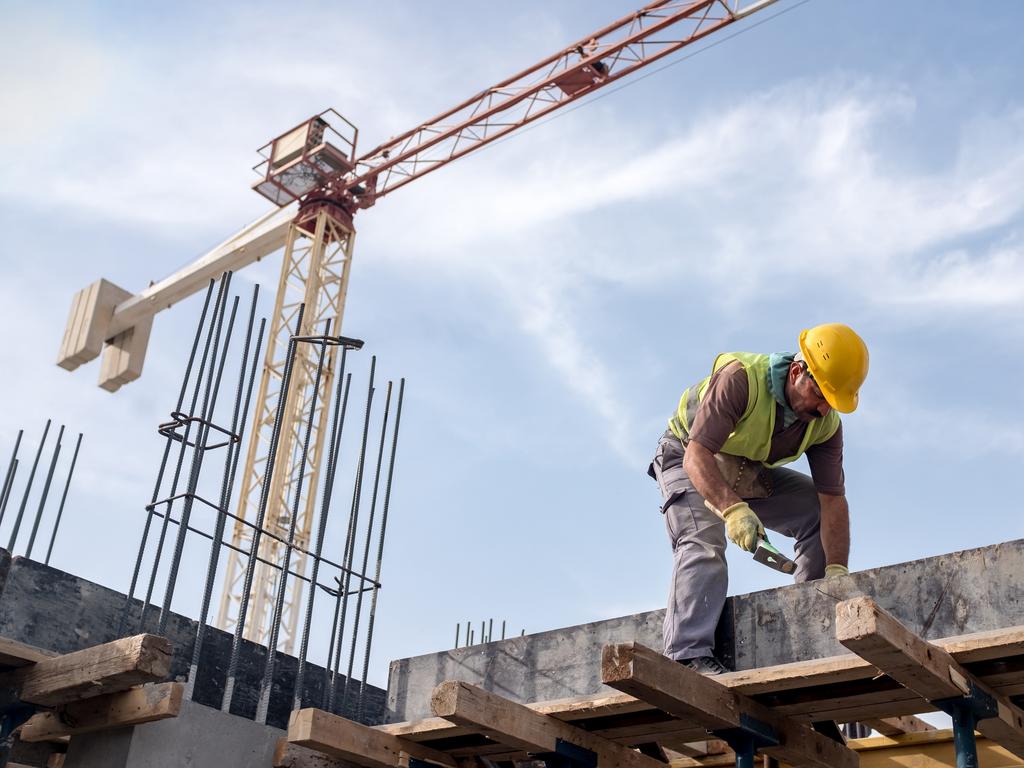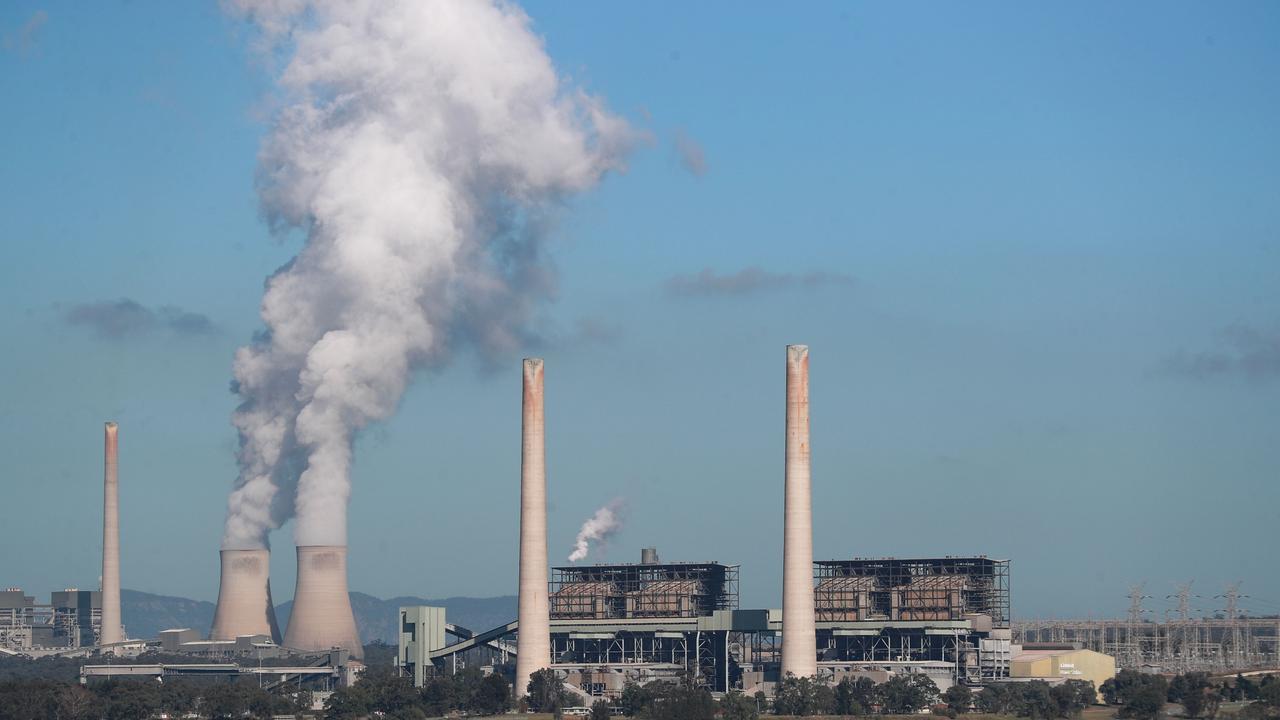Energy companies’ brutal verdict on green power switch
Australia’s biggest energy companies – responsible for some of the largest renewable projects in the country – have conceded significant project delays are inevitable amid community opposition.
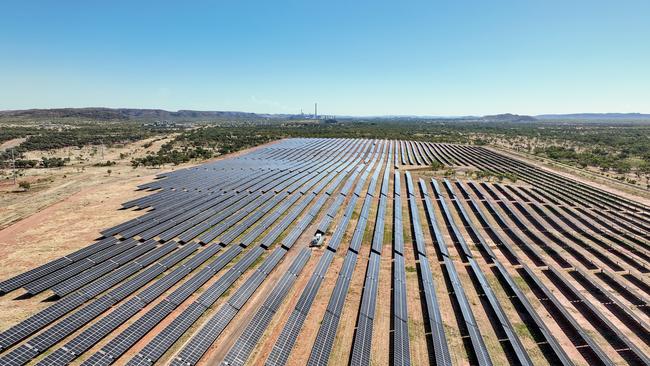
Australia’s biggest energy companies have delivered a brutal verdict on the nation’s switch to green power, conceding significant project delays are inevitable amid community opposition.
The warnings from leaders of some of the largest renewable projects in the country sparked an urgent call to boost gas supplies and keep coal plants open longer.
The renewable project chiefs said they faced “significant challenges”, as they responded to a 20-year blueprint for the power grid that pulls forward the exit of coal from the market and requires a 50 per cent hike in the level of renewables to be built by the end of this decade.
Developers including transmission operator Ausgrid, the nation’s largest gas pipeline operator APA Group and the Carlyle-backed Amp Energy have told the Australian Energy Market Operator that they are concerned over delays and development snags.
Time frames for projects were “likely to need further extensions to reflect significant challenges faced by project proponents,” APA Group warned in its submission to AEMO. “Renewable energy projects face complicated and lengthy approvals processes that projects must go through before construction can even begin,” APA Group said.
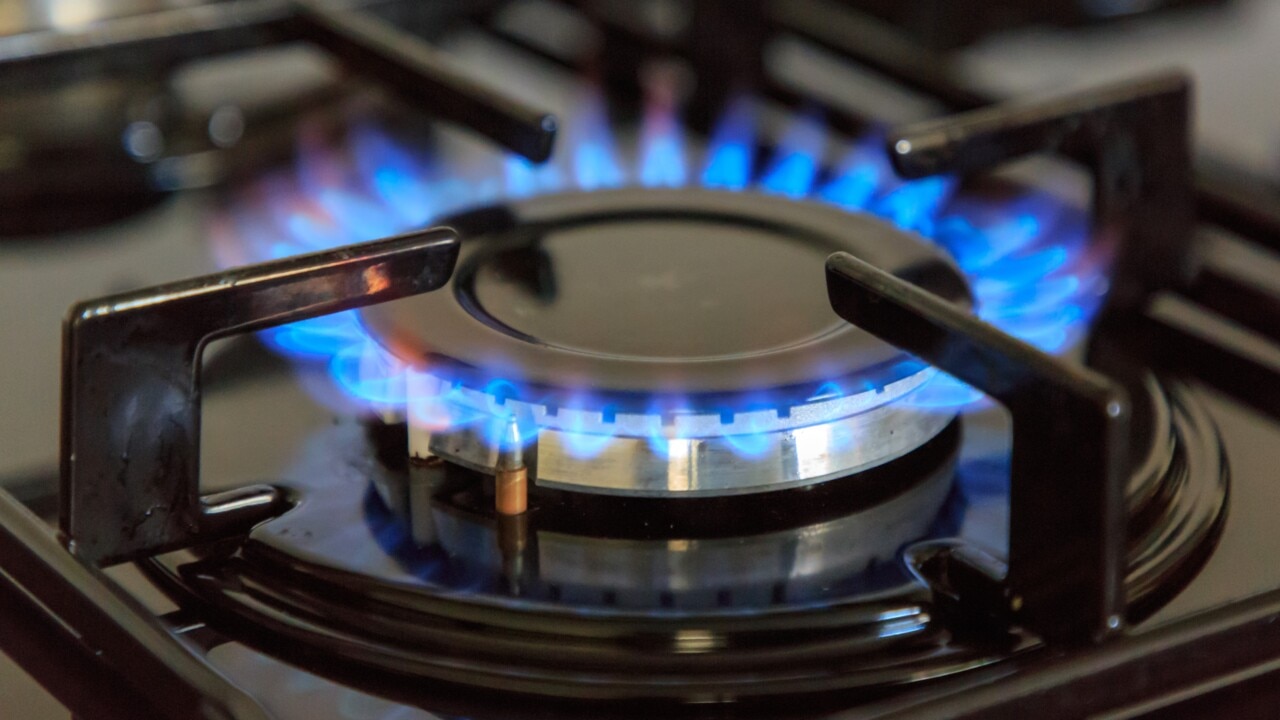
The developers’ admission is the biggest challenge to Labor’s energy agenda since the election of the Albanese government, with industry warning major changes are necessary to avoid a treacherous transition to green power. It also ramps up pressure on Energy Minister Chris Bowen given the scale of the renewable build still to be executed this decade, a centrepiece of his push to have renewables dominate the power grid.
Ausgrid, a large transmission provider in NSW, raised concerns over forecasts that more than $16bn a year in transmission project costs was required to 2050.
“As highlighted by AEMO and as the industry has already experienced, this substantial network investment will face cost pressures, social-licence issues and workforce and supply-chain challenges,” Ausgrid said in its submission. “These issues are likely to result in longer timelines, higher costs and more complexity and disruption than anticipated.”
The $20bn-plus national rollout of transmission to deliver renewable energy to households and users also faces ongoing community concerns.
Community opposition to the development of new transmission infrastructure was one of the key reasons why many projects were delayed, APA said in its submission. “Delays to the delivery of transmission infrastructure will impact the speed at which new renewable generation can be connected to the national electricity market,” it said.
Large-scale renewable energy projects are unpopular in some pockets of the country, amid fears they will uproot lives with insufficient benefits. Opponents have been able to use planning laws, primarily in NSW to slow approvals for projects. In NSW, wind farms on average take four years to secure planning approval. Developers cannot begin construction until having secured necessary permits.
Even if projects can secure planning permission, many are predicated on the installation of new high-voltage transmission lines. Australia must build about 100,000km of new transmission lines by 2050, but is struggling to secure land owner support despite ever larger financial sweeteners.
AEMO estimates utility-scale wind and solar capacity would need to triple by 2030 and increase sevenfold by 2050, a target that has simultaneously spurred a series of new federal policies and stoked alarm at the rate of change expected across regional parts of the country that will largely house new developments.
Amp Energy, a Canadian infrastructure player backed by the $US385bn Carlyle Group, said Australia would not hit net-zero emissions goals without “radical reform” to the level of transmission investment and ease of solar and wind connections to the grid.
“We believe at the current market trajectory that Australia will have ample generation investment, but almost certainly risks having stranded generation assets or lost generation investment without drastic improvement in transmission infrastructure and connection approvals processes,” Amp said in its submission.
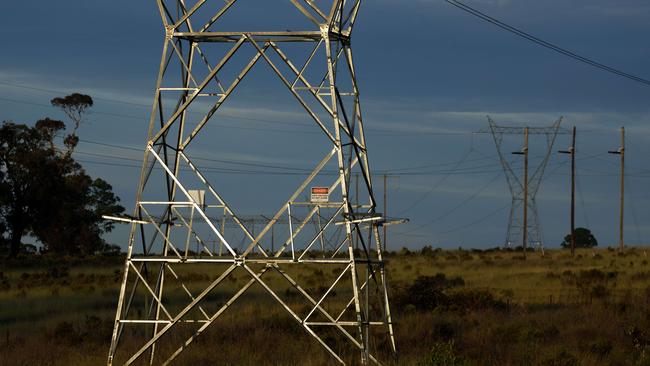
Delays are highly consequential. The federal Labor government has set an aggressive target of having renewable energy generate 82 per cent of the country’s power by the end of the decade, a key pillar in Australia’s emission-reduction targets.
Should Australia not deliver its renewable energy transition, it will face an elevated risk of price rises or even blackouts as there is insufficient generation to replace the retiring coal fleet.
Australia would likely then have to extend the use of coal and gas, but Alinta Energy said in its submission there were no policies to support bringing new supplies online.
With a raft of official warnings this week over gas shortages emerging on the east coast in winter next year under extreme weather conditions, power giant Alinta said the Albanese government needed to rethink how to get more gas into the system. It pointed out the AEMO blueprint required 13 gigawatts of additional gas generation to firm renewables, a stark figure given near-term warnings over supply shortfalls.
“Alinta Energy also notes a general lack of policy support for the development of gas generation for renewable firming and it is unclear how such investment could be made based on current market settings,” said the company, the operator of the Loy Yang B coal plant in Victoria.
Delta Electricity, which runs the Vales Point coal plant in NSW’s Hunter Valley, said an extension of coal might be required. It warned that AEMO was using its blueprint for investment decisions to achieve government targets.
“Delta considers this is potentially dangerous as it sets expectations that will never be met in the timelines set,” Delta said in its submission.
“This is highlighted by AEMO itself, that large-scale renewables and transmission projects will simply not be delivered on time, particularly over the next decade, because of supply-chain constraints and social-licence issues.
“These outcomes would then provide a strong signal that coal-fired generation will need to be maintained for longer than assumed or modelled by AEMO …”




